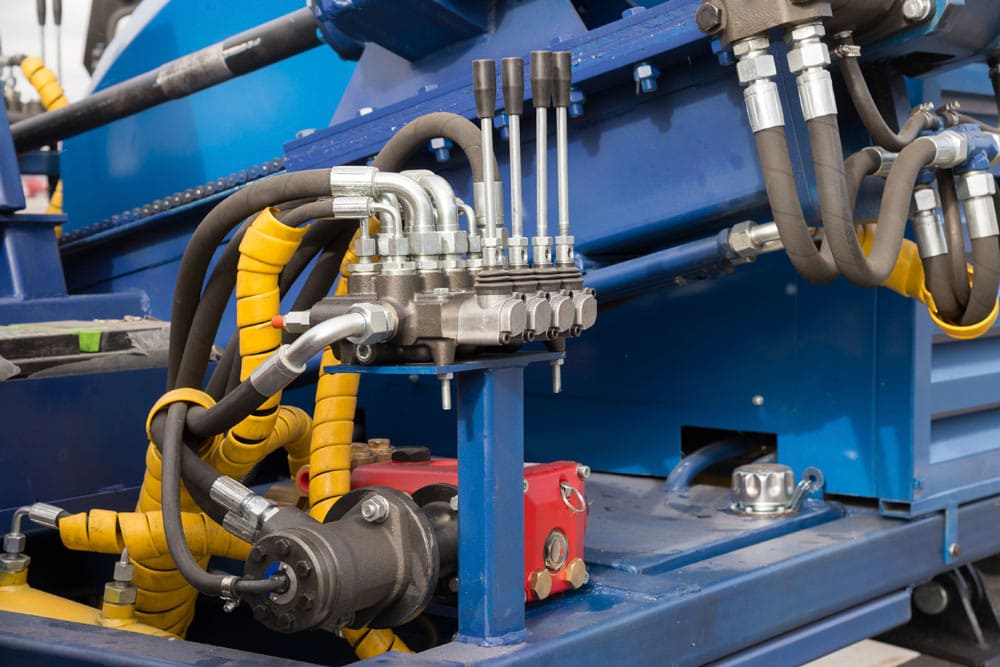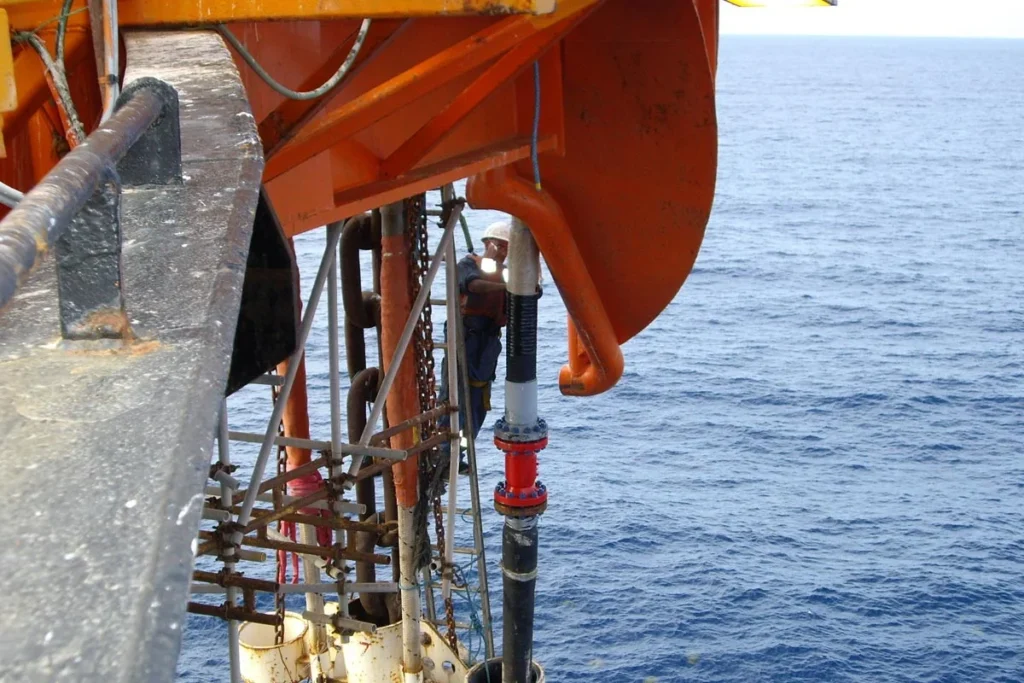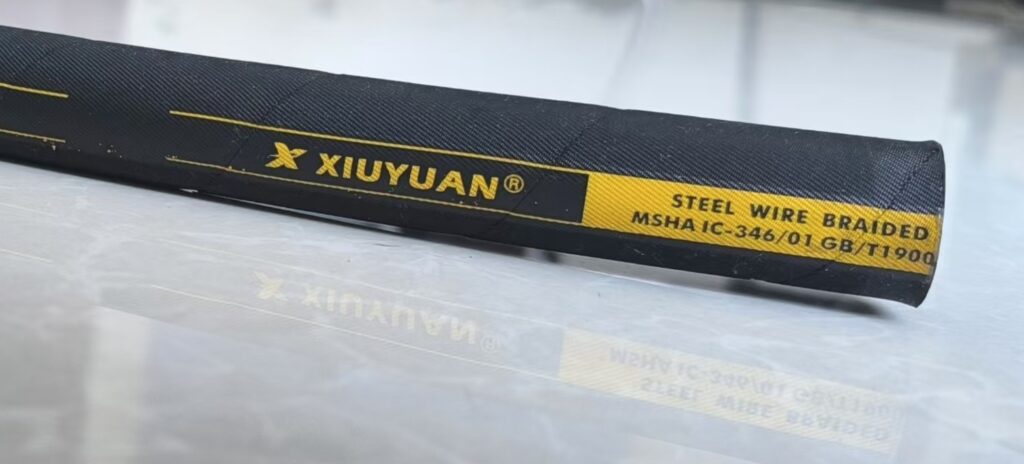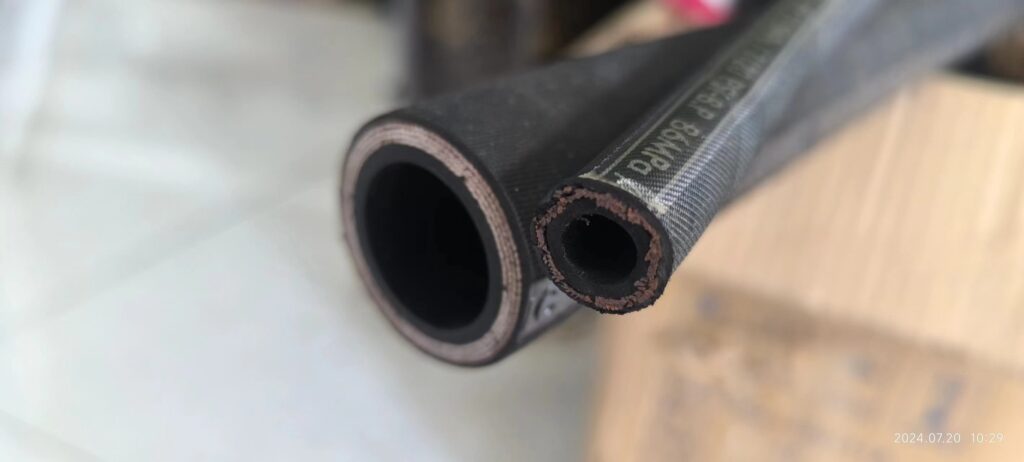
Introduction:
In the vast landscape of industrial machinery and equipment, the efficient transfer of oil is a critical aspect that ensures the smooth operation of various processes. Hydraulic hoses play a pivotal role in this realm, serving as the lifeline for the seamless movement of oil within hydraulic systems. In this article, we will delve into the world of hydraulic hoses designed for oil transfer, exploring their key features, applications, and the importance of selecting the right hose for optimal performance.
Understanding Hydraulic Hoses:
Hydraulic hoses are flexible, reinforced tubes that transport fluid within hydraulic systems. They are a fundamental component in the construction, automotive, manufacturing, and marine industries, facilitating the transfer of fluids such as oil under high pressure. The design of hydraulic hoses involves layers of reinforcement, including synthetic fibers, steel wire, or a combination of both, to withstand the demanding conditions they are subjected to.
Key Features of Hydraulic Hoses for Oil Transfer:
Material Composition:
Hydraulic hoses for oil transfer are typically constructed using synthetic rubber or thermoplastics. These materials offer excellent resistance to the corrosive nature of oil and provide flexibility required for various applications.
Reinforcement Layers:
The strength and durability of hydraulic hoses come from the layers of reinforcement. High-tensile steel wire braids or spirals are commonly used to ensure that the hoses can withstand the intense pressure generated within hydraulic systems.
Temperature Resistance:
Oil transfer processes often involve extreme temperatures. Hydraulic hoses designed for oil transfer are engineered to resist both high and low temperatures, ensuring that the material remains pliable and functional in diverse operating conditions.
Compatibility with Oil Types:
Different hydraulic systems use various types of oil, ranging from mineral-based to synthetic oils. Hydraulic hoses are designed to be compatible with specific oil types to prevent degradation or chemical reactions that could compromise the hose’s integrity.
Applications of Hydraulic Hoses in Oil Transfer:
Automotive Industry:
Hydraulic hoses play a crucial role in the automotive sector, where they are employed in hydraulic brake systems, power steering, and transmission systems for the efficient transfer of oil under varying pressures.
Construction Machinery:
Construction equipment, such as excavators and loaders, relies on hydraulic hoses to power hydraulic cylinders, ensuring precise and controlled movements during operations. The hoses transfer oil to drive motors, providing the necessary force for heavy-duty tasks.
Industrial Machinery:
In industrial settings, hydraulic hoses are utilized in machinery like injection molding equipment, hydraulic presses, and metal forming machines. These hoses enable the precise control of hydraulic systems, enhancing productivity and efficiency.
Agricultural Equipment:
Hydraulic hoses are integral to the proper functioning of agricultural machinery, such as tractors and harvesters. They facilitate the transfer of oil for tasks like lifting, lowering, and controlling various implements.
Selecting the Right Hydraulic Hose for Oil Transfer:
Pressure Rating:
The pressure rating of a hydraulic hose is a critical factor in determining its suitability for a specific application. It is crucial to choose a hose with a pressure rating that exceeds the maximum operating pressure within the hydraulic system.
Temperature Range:
Considering the temperature conditions of the operating environment is essential. Hydraulic hoses should be selected based on their ability to withstand the temperature extremes associated with oil transfer processes.
Flexibility and Bend Radius:
The flexibility of hydraulic hoses is crucial for ease of installation and maneuverability within a system. Additionally, understanding the minimum bend radius helps prevent kinking, ensuring a longer lifespan for the hose.
Oil Compatibility:
Not all hydraulic hoses are compatible with every type of oil. It is essential to verify that the hose is specifically designed for the type of oil used in the hydraulic system to prevent degradation or failure.
Abrasion Resistance:
In industrial settings, hydraulic hoses may be exposed to abrasive materials. Choosing hoses with high abrasion resistance ensures longevity and reliability in challenging environments.
Conclusion:
Hydraulic hoses for oil transfer are indispensable components in a myriad of industries, providing the essential link for the seamless movement of oil within hydraulic systems. Understanding the key features, applications, and selection criteria for these hoses is paramount in ensuring optimal performance, safety, and longevity in diverse industrial settings. As technology advances and industries continue to evolve, the role of hydraulic hoses in facilitating efficient oil transfer remains as crucial as ever.





